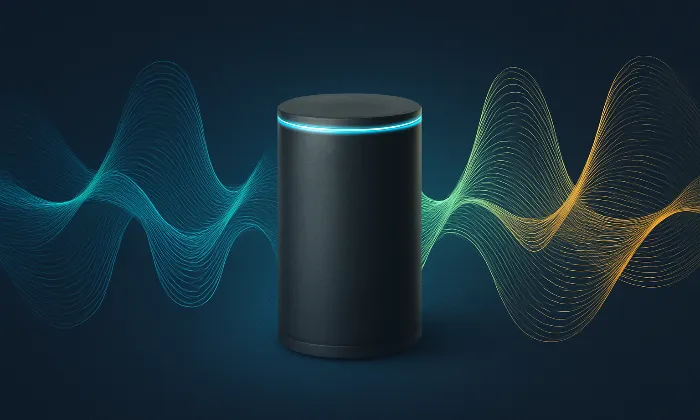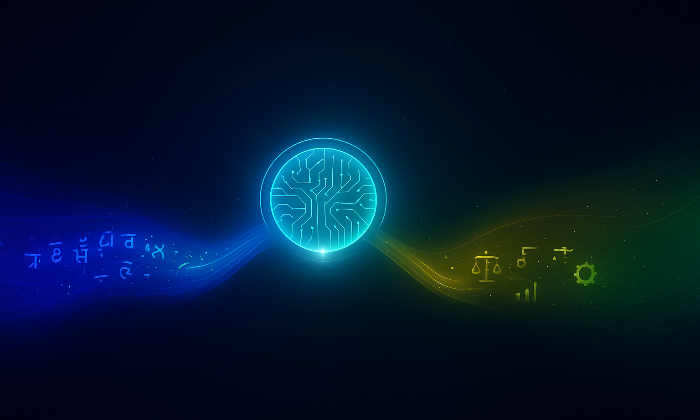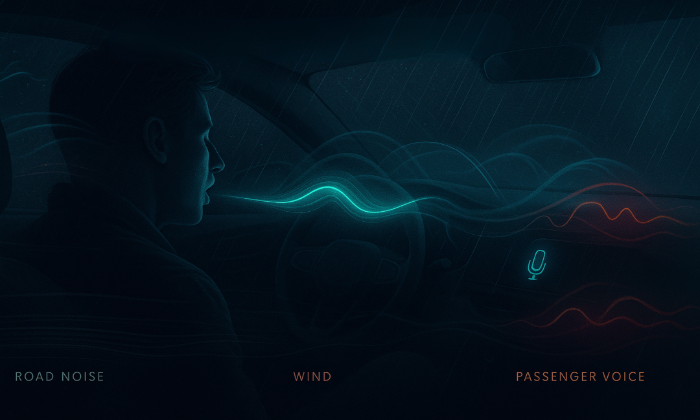Do transcripts include timestamps for each speaker turn in doctor–patient conversation dataset?
Data Annotation
Healthcare
Conversation Analysis
Yes, transcripts in doctor-patient conversation datasets include timestamps for each speaker turn. These timestamps are crucial for aligning audio with text, enhancing the usability and effectiveness of AI models in healthcare applications.
The Importance of Timestamps in Transcripts
Timestamps in transcripts play a pivotal role in developing healthcare AI models, particularly those focused on speech recognition and natural language understanding. Here's why they matter:
- Facilitating AI Training: Timestamps help in synchronizing audio data with text, which is essential for training automatic speech recognition (ASR) systems. This synchronization allows AI models to learn from the natural flow of conversations, improving their accuracy in real-world applications.
- Enhanced Analysis: With timestamps, developers can analyze conversational dynamics, such as pauses, interruptions, and overlapping speech. This information is valuable for refining models that aim to mimic or interpret human interaction patterns.
- Improved Annotation: Timestamps make it easier to apply additional annotations, like intent recognition or sentiment analysis, to specific parts of a conversation. This granularity aids in creating AI systems that can engage empathetically and contextually with patients.
Implementing Timestamps in Transcripts
- Segmentation and Speaker Tagging: Transcripts are divided into segments corresponding to each speaker's utterance, marked with precise timestamps. Each segment is tagged with the speaker’s role, ensuring clarity over who is speaking.
- Quality Assurance: A dual-layer QA process ensures the accuracy of timestamps and the verbatim capture of dialogues. This includes both linguistic accuracy checks and reviews by medical experts to maintain clinical realism.
Practical Considerations
While timestamps are essential, their implementation demands careful consideration. The granularity of timestamps can affect the dataset's size and complexity. It's important to balance detailed temporal resolution with manageability to avoid complications in data processing and analysis.
Common Missteps
A frequent oversight is underestimating the value of timestamps. Teams may focus solely on textual content, neglecting how temporal data enhances understanding of conversational flow. Consistency in timestamp formatting is crucial to avoid confusion during data analysis.
Conclusion
Incorporating timestamps in doctor-patient conversation datasets is more than a technical requirement—it's a strategic enhancement that boosts the clarity and functionality of AI models. By ensuring precise timestamping, these datasets support the development of more responsive and human-like healthcare AI applications.
For those developing healthcare applications needing robust speech data, FutureBeeAI offers datasets with comprehensive timestamping and speech annotation, ensuring your models are trained on high-quality, realistic interactions.
Smart FAQs
Q. Why do some datasets not include timestamps?
A. Some datasets might prioritize simplicity or focus on other data aspects, which can lead to the omission of timestamps. However, this limits their utility for applications needing detailed interaction analysis.
Q. How do timestamps impact AI model training?
A. Timestamps provide context for speaker turns and dialogue flow, helping AI systems recognize patterns in human conversation. This improves their responsiveness and accuracy in real-world scenarios.
What Else Do People Ask?
Related AI Articles
Browse Matching Datasets
Acquiring high-quality AI datasets has never been easier!!!
Get in touch with our AI data expert now!








